So here is a little historical stroll by the 15 oldest buildings in Little Rock. It’s a good 2020 thing - you can do this without leaving the house and you don’t even need a mask!
#1: Hinderliter Grog Shop (1827)
The first known settlement in what is now the city of Little Rock occurred in 1820, with the construction of a cabin along the Arkansas River. The newborn city was only ten months old when the territorial government decided to move the capital to Little Rock from Arkansas Post (which was prone to flooding and mosquitoes). In 1827, the two-story Hinderliter Grog Shop was built at the intersection of Third and Cumberland streets. The building originally housed a tavern, and it is thought that the building may have also been used by the territorial legislature in the 1830s (I do really like that the oldest building in Little Rock is a bar).
Over the years, the Hinderliter Grog Shop cycled through various owners and uses. After the 1880s, it would be used as a tenement and lodging house, and then as a restaurant. By the 1930s it was considered an eyesore and there were plans to condemn and demolish the property. But an early preservationist saw the history of the building and led a campaign to save it, along with several other buildings nearby (they will show up on this list later). Now the Hinderliter Grog Shop is preserved and protected as part of the Historic Arkansas Museum, although you can’t get any grog there.
#2: Ten Mile House (circa 1830)
#2: Ten Mile House (circa 1830)
The Ten Mile House got its name because when it was built, it was about ten miles away from the city of Little Rock. Of course, the city has since spread out and now expands beyond the old home. The house was built along what was known as the Southwest Trail, an old stagecoach route that stretched across the state (that’s where Stagecoach Road got its name). The house is still well-preserved, and has remained in use as a private residence all this time (well except for a brief time during the Civil War, when it housed US troops).
#3: The Old State House (1836)
#3: The Old State House (1836)
The Old State House does live up to its name, it is still the oldest standing state capitol building west of the Mississippi River. Construction began in 1836, just as Arkansas was named the 25th state. The Old State House has played its part in several chapters of state history, and since Arkansas is often a wacky state the building reflects that. In 1837, the Speaker of the House fatally stabbed a state Representative during a heated debate about the all-important subject of wolf pelt taxation. In 1874, the Old State House was the center of the Brooks-Baxter War, a disputed election between two candidates for governor that turned into an armed conflict that resulted in the deaths of 200 people. A canon from the Civil War was dragged out of the Arkansas River for use by one of the candidate’s factions, and it was placed on the ground of the Old State House (where it still sits today).
But the building began to show its age after a few decades of use. Proposals were made for a new and larger capitol building, which gained traction after part of the roof of the Old State House collapsed. In 1915, the current Arkansas State Capitol was built. The Old State House was then used as a medical school and then as a war memorial with office space for government agencies and patriotic groups. The building was nearly torn down a few times, but luckily it was spared the wrecking ball and would become a state museum in the 1950s. Bill Clinton said it was his favorite building in Little Rock, and he used it as the backdrop when he announced his candidacy for President, and then for his Election Night victory parties in 1992 and 1996. The Old State House is listed as a National Historic Landmark and is still used as a museum of Arkansas history.
#4: Little Rock Arsenal Building (1840)
When Arkansas became a state, the federal government decided to build a military installation in Little Rock. The government chose a spot that formerly housed a race track, that was then located on the far edge of the city. The first building constructed for the Little Rock Arsenal was the Tower Building, but there would be about 30 other buildings built here by the military (all of them are gone now).
After the Civil War, the building was converted into housing, with rooms for soldiers and their families. It was here in 1880 that World War II general Douglas MacArthur was born (the park surrounding the building is named in his honor). In 1890, the Little Rock Arsenal was decommissioned and the building and surrounding lands were taken in by the city of Little Rock. The building held several uses over the years, which included being the site of the city’s first library. In 1942, the building would become home to the Arkansas Museum of Science and History. Which was always a memorable field-trip for school kids, since the museum had a bizarre and eclectic collection of artifacts (like shrunken heads). The museum would move to a new location in 1997, and the building now houses the MacArthur Museum of Arkansas Military History.
#5: Pike-Fletcher-Terry House (1840)
This grand house on Seventh Street is historical, not just for the many different uses it has had over the years but also the various people who have lived there. The house was built in 1840 by Albert Pike, who was a poet, teacher, lawyer and a prominent Mason. But he was also a Confederate general in the Civil War and who later said some pretty racist stuff. A statue of Pike in Washington DC (built because of his Mason ties) was torn down a few months ago.
In 1871, the house was sold and became the Arkansas Female College. In 1889, the house was purchased by the Fletcher family, who raised their children in the house. Among the kids were John Gould Fletcher, who would win the Pulitzer Prize for poetry in 1936. His sister, Adolphine, also grew up in the house and lived there after she married. In 1958, after Governor Faubus closed all the Little Rock schools to prevent further integration, Adolphine Fletcher helped found the Women’s Emergency Committee. The WEC was one of the major groups that helped to force the schools to reopen.
When Adolphine passed away in 1976, the house was willed to the city of Little Rock. It is now used by the Arkansas Arts Center as a Decorative Arts Museum.
#6: Fowler House (1840)
#6: Fowler House (1840)
This house was built along Seventh Street in what was then considered to be the fancy residential area of the city. The house was owned by various families over the years, and was sold in the 1920s to St. Andrew’s Parish, where it was used as a music school and daycare facilities. The parish sold the house in the 1970s with the condition that no changes be made to the exterior of the building. The new owner was a developer, who built modern apartments around the old mansion. The old building itself has been renovated and now is home to six apartments, which feature things that the original owners probably never imagined (like a swimming pool, granite countertops and a combo washer/dryer).
#7: Curran Hall (1842)
#7: Curran Hall (1842)
Curran Hall was designed by the same architect who also did the Old State House. The house was home to several families over the years, and by the 1990s it was in rough shape and was nearly demolished. The city of Little Rock purchased the property and conducted an extensive renovation. The house is now used as the city’s official visitor information center.
#8: Trapnall Hall (1843)
#8: Trapnall Hall (1843)
Trapnall Hall is notable since it was one of the first houses in the city to be built out of bricks. The house also went through a variety of owners over the years, until it was donated to the Junior League of Little Rock in 1929. In the 60s, the League conducted a renovation of the house (one of the first of the city’s older homes to be renovated). The house would later be donated to the state, and is now used as the governor’s official receiving hall. It is also a popular spot for weddings.
#9: Brownlee House (1848)
#9: Brownlee House (1848)
Robert Brownlee, who was in Little Rock to help construct the Old State House, built this house for his relatives. Over the years the building remained as a single-family dwelling, up until it became part of the Arkansas Territorial Restoration. Behind the main house, a separate kitchen and office still stand.
#10: McVicar House (1848)
#10: McVicar House (1848)
The McVicar, the Brownlee and the next house on this list all sit on the same block in downtown Little Rock. The only reason they are preserved was because of the works of Louise Longborough, who recognized the history of the Hinderliter Grog Shop and the rest of the buildings on the block. She led the efforts in the 1930s and 40s to save the buildings, which in turn became the Arkansas Territorial Restoration (later the Historic Arkansas Museum). But when the buildings were saved, they did make a few adjustments. The McVicar House actually sat in a different place on the block, but was moved during renovations. Before then, the house had still served as a single-family dwelling.
#11: Legacy House (1850)
#11: Legacy House (1850)
The one story Legacy House sits by the Hinderliter Grog Shop and is now part of the historic Arkansas Museum. When the property was acquired for the museum, it was the home of a restaurant. Behind the house you can find the home’s original carriage house (the property is open for tours, or will be at least when the pandemic is over).
#12: Woodruff House (1853)
#12: Woodruff House (1853)
The Woodruff House was built for William Woodruff, the publisher and founder of the Arkansas Gazette. During the Civil War, the house was used by US soldiers as a hospital and an officer’s headquarters. The house would later become a women’s boarding home in the 1890s, and would then be later converted into apartments. In 1999, a tornado took off much of the building’s roof and almost all of its windows. Then in 2005, a fire caused some minor damage and the home has been vacant ever since. Recently the Quapaw Quarter Association acquired the property and did some repairs and stabilized the building. But the house needs further renovation and isn’t in the best of shape.
#13: First Hotze House (1869)
#13: First Hotze House (1869)
This Italianate-style house was built for Peter Hotze along what was then the edge of the city (it’s now in SOMA, across the street from a Walgreens). This is called the “first” Hotze house because the Hotze family would later build a much more massive and grander mansion just behind this home. In the decades since it was built, it would house several businesses. It was vacant for awhile in the 1990s until it underwent a renovation, and now it is used as the office of an insurance company.
#14: Packett House (1869)
#14: Packett House (1869)
The house was built along a hill overlooking the Arkansas River, in what was then called “Carpetbagger’s Row.” It was one of five grand homes, which were built by people who either supported the North during the Civil War or moved here from the North during Reconstruction. The Packet House was the oldest house built here, and the only one that still survives. When it was built, it was on the outskirts of the city. Now it sits along the busy Cantrell Road, and is the home to a private club and restaurant.
#15: White-Baucum House (1869)
#15: White-Baucum House (1869)
This two-story home was built in what was once a fashionable residential neighborhood, but the area is now home to offices and parking lots. The home served as a residence for several decades, but afterwards has been used as an office, a restaurant and a night club. It was vacant for awhile, but it did undergo a renovation. It is in use as an attorney’s office now.
These buildings showcase a slice of Little Rock’s past, but there is an even longer list of historical buildings in Little Rock that have been lost to history. Even the small bluff that gave the city its name was nearly entirely destroyed in the construction of the Junction Bridge. While we have a nice collection of older buildings, this shows how fragile and important our older architecture is, and why we need to preserve it. Once we lose this part of our past, we can never get it back.
Although they didn’t make the list, here are a few other historic places in Little Rock:
Pulaski County Courthouse - 1887

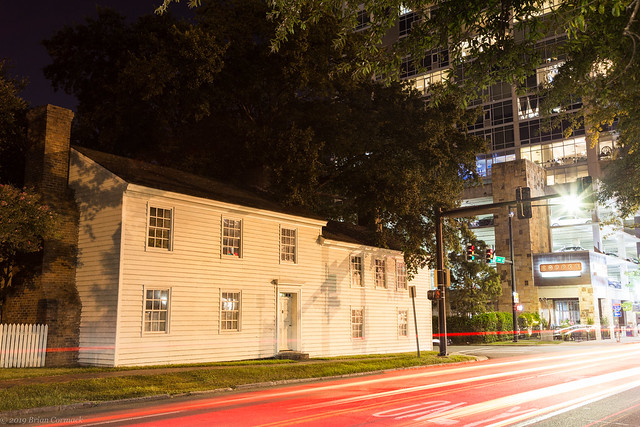
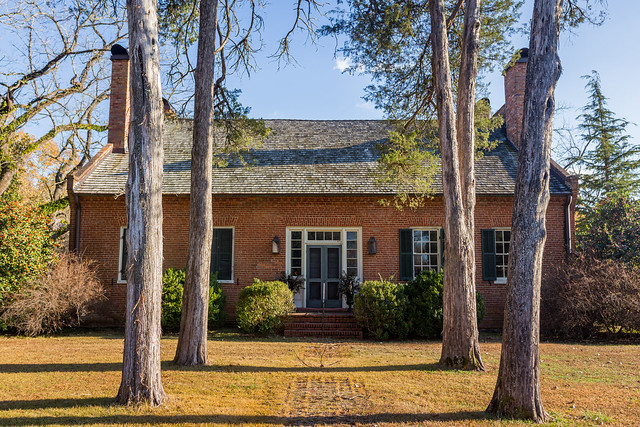
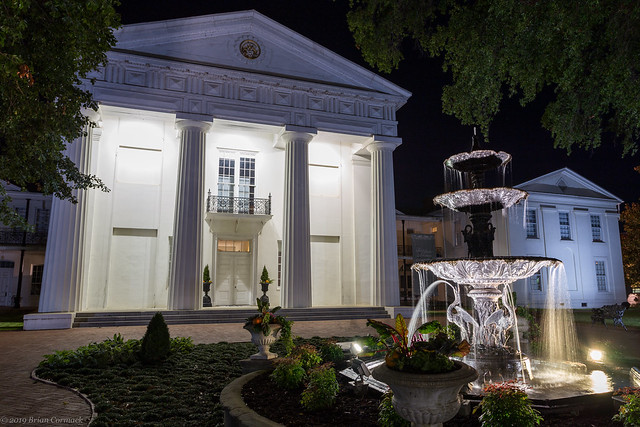
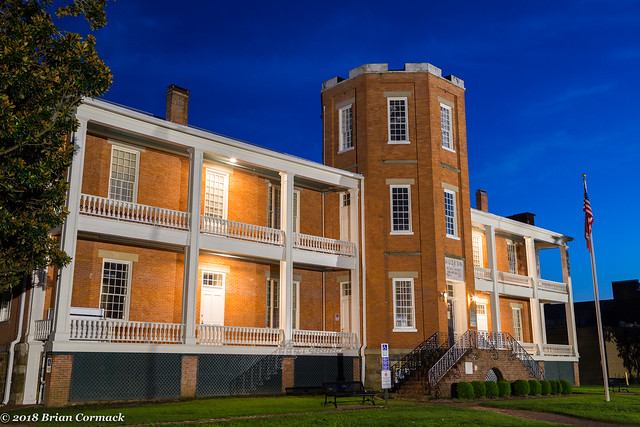
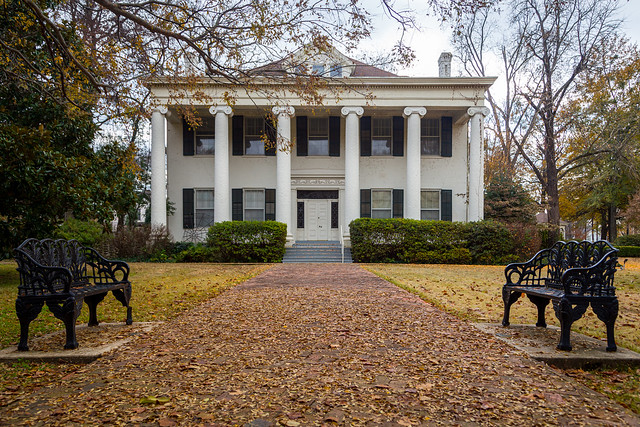

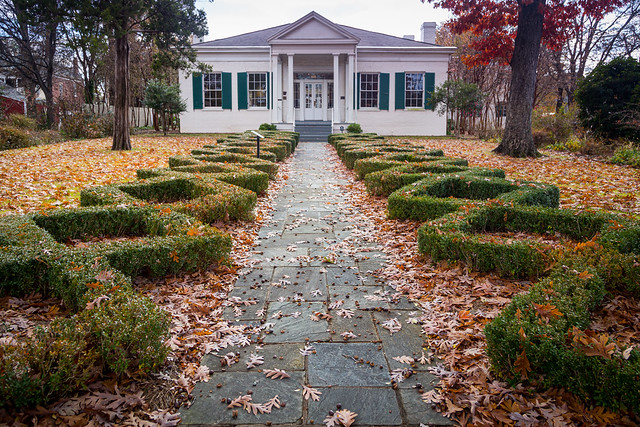





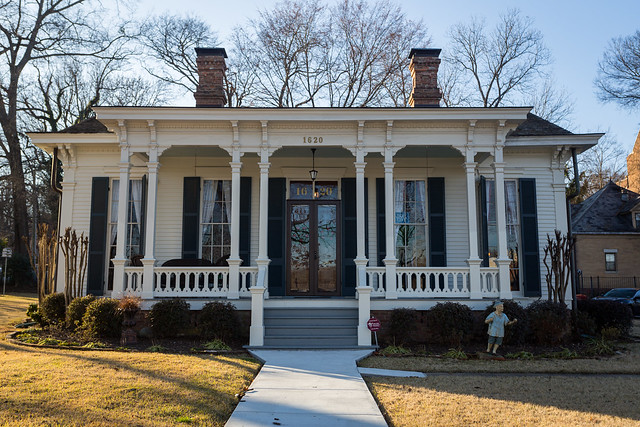



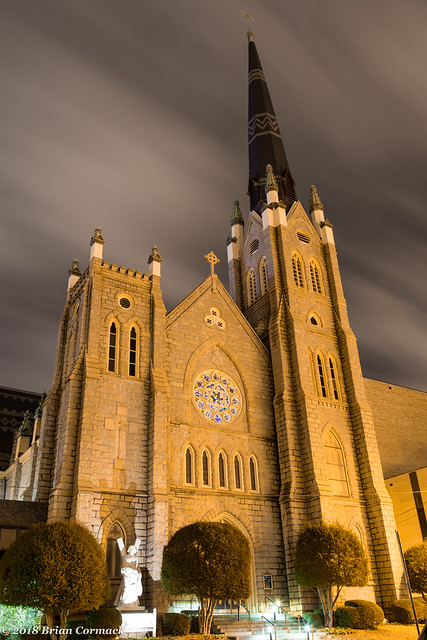


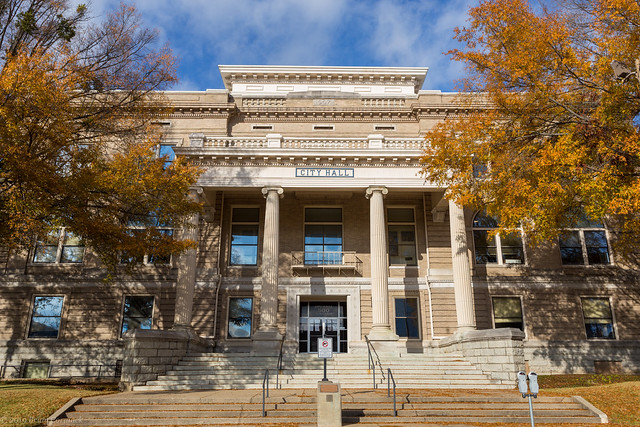
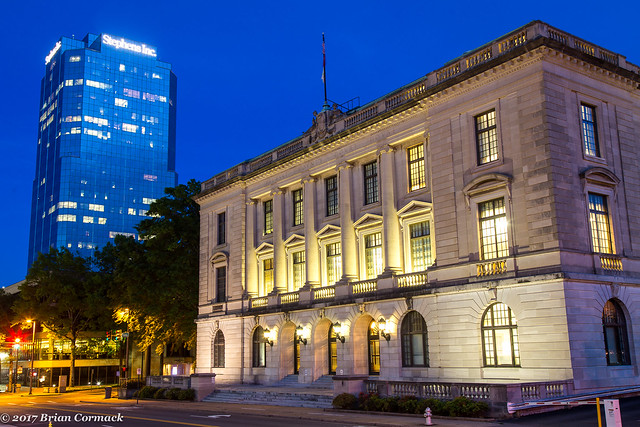




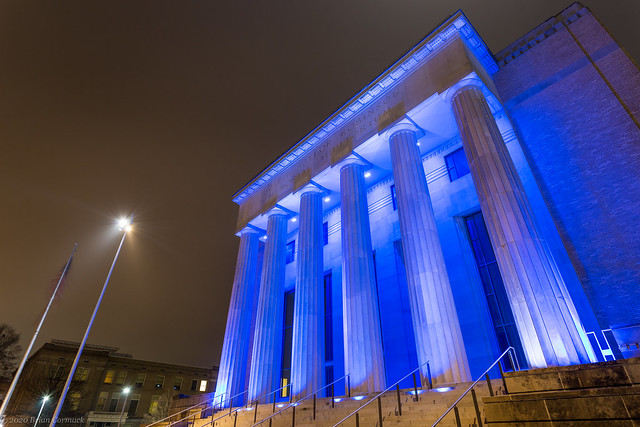

No comments:
Post a Comment